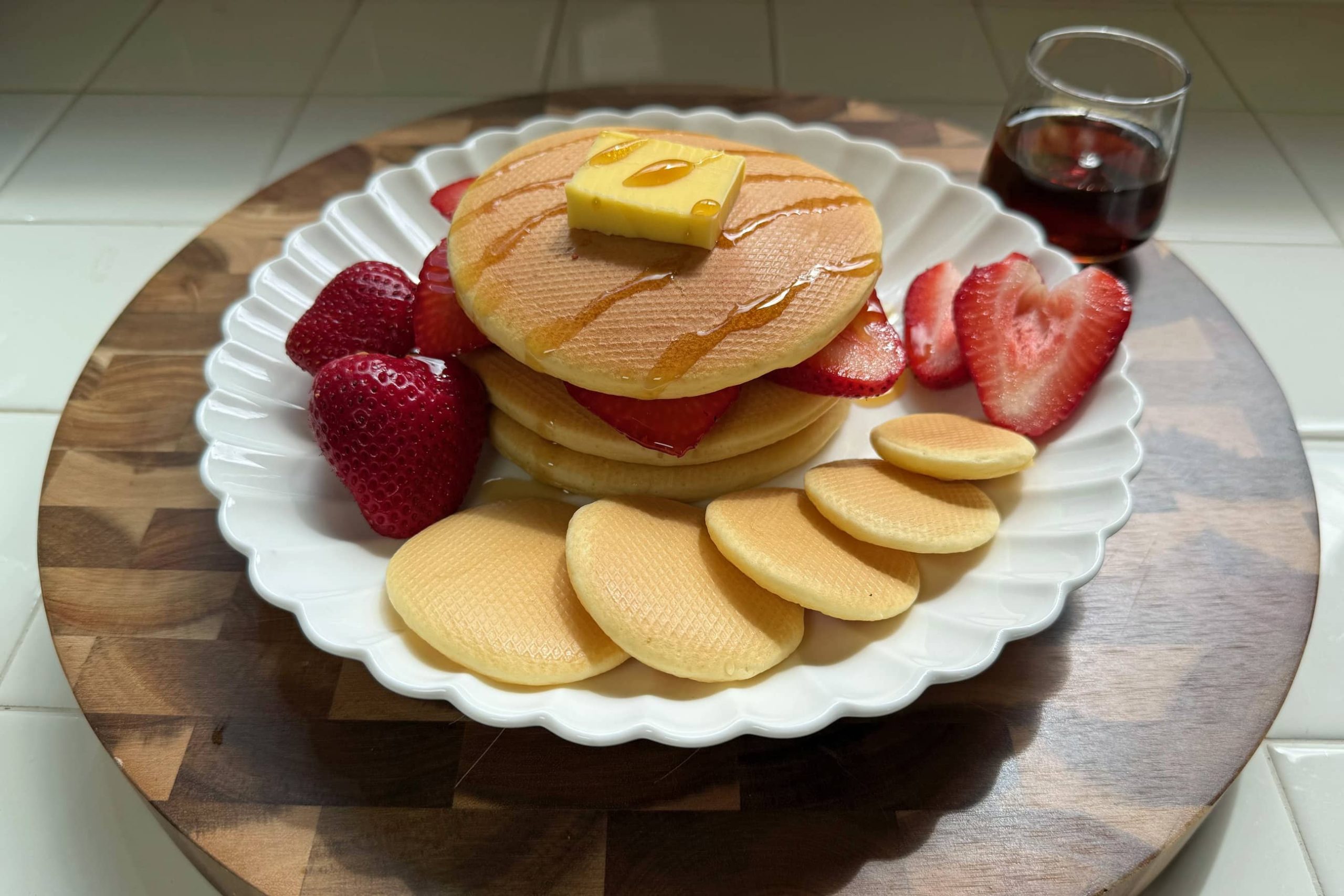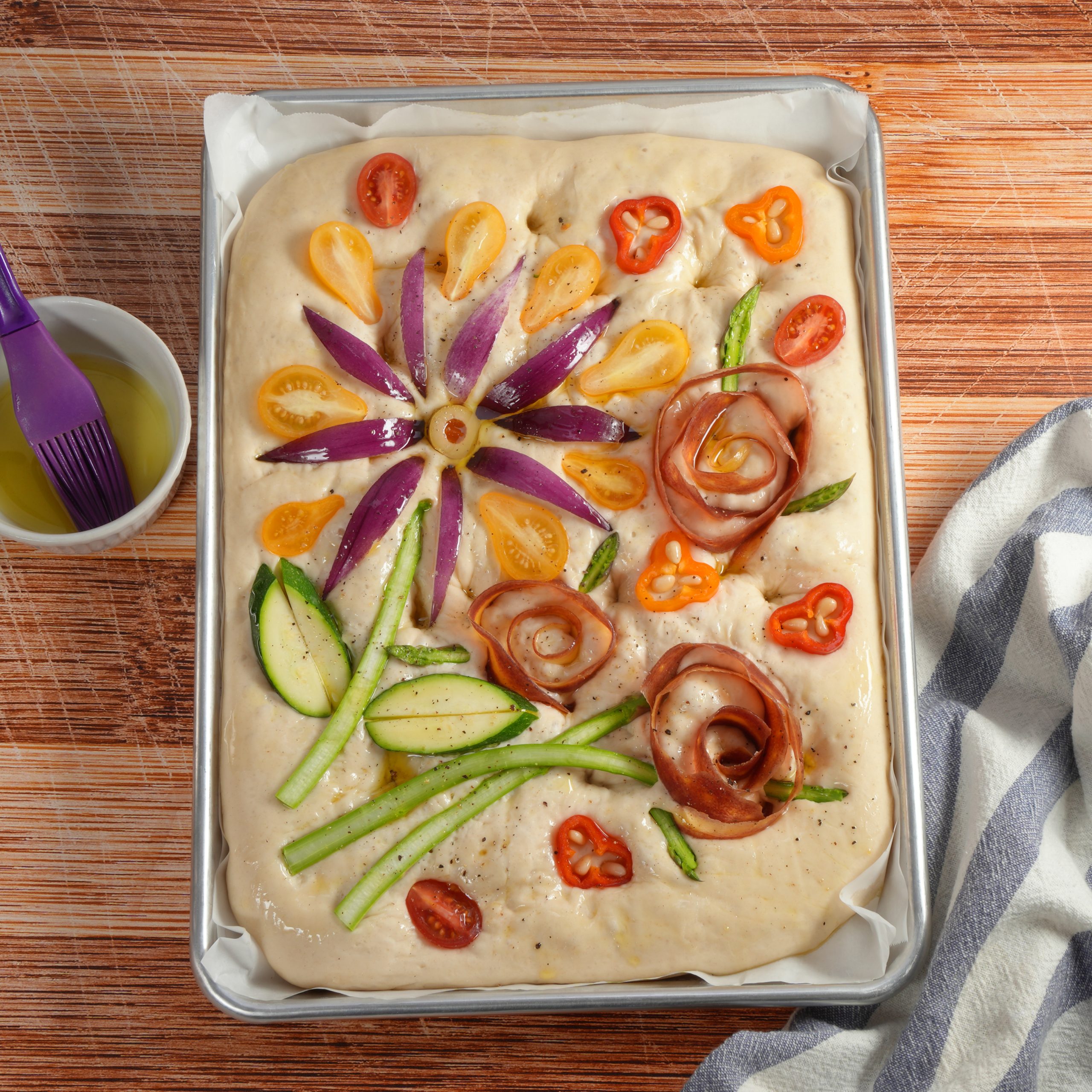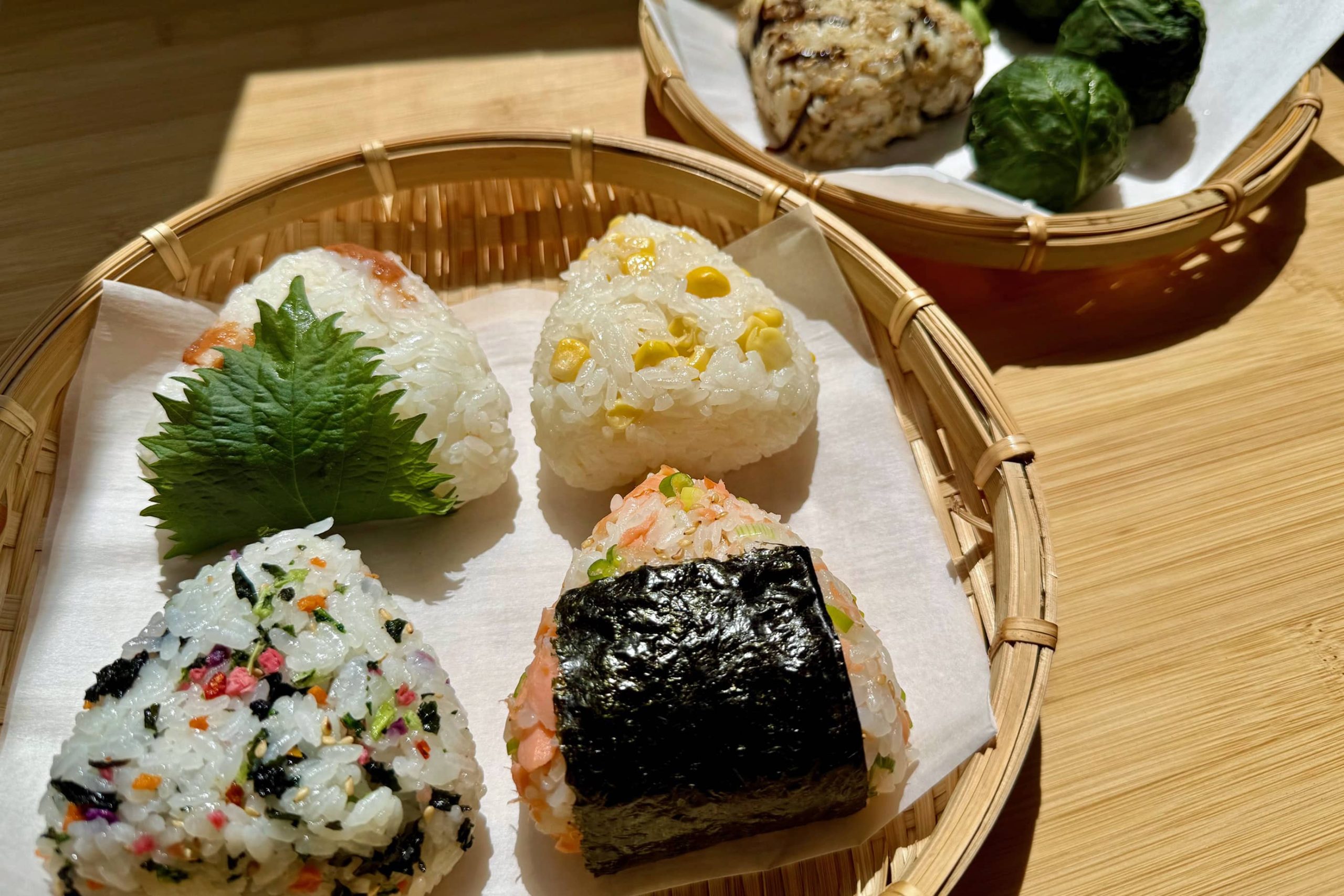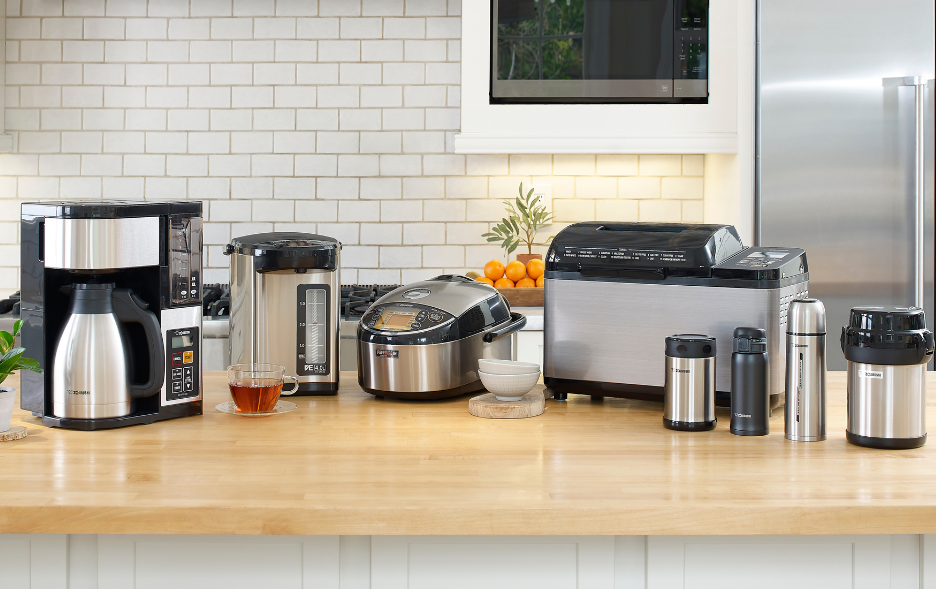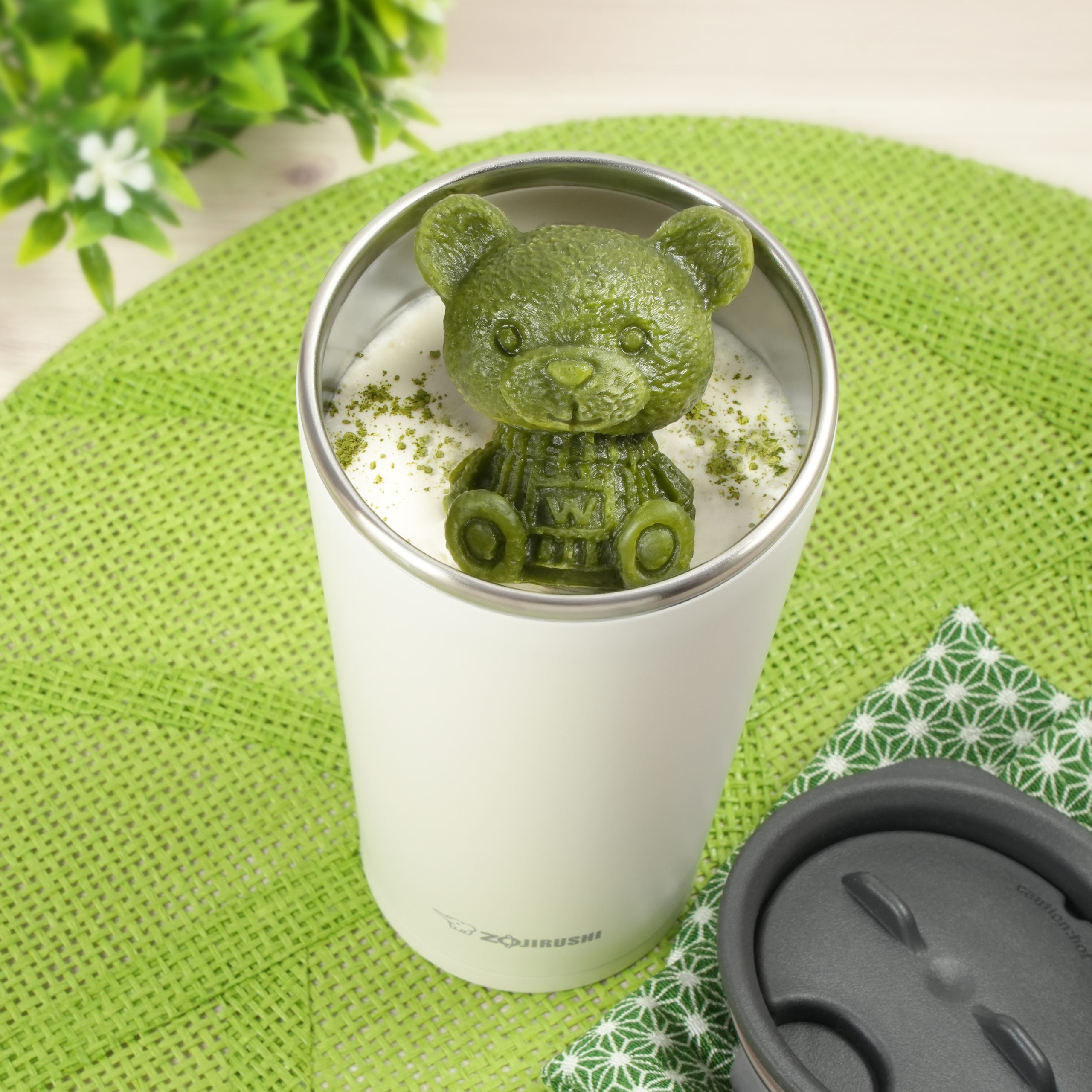
Meaningful Milestones Made Easy: Thoughtful Gifts for Every Occasion by Zojirushi
Read more: Meaningful Milestones Made Easy: Thoughtful Gifts for Every Occasion by ZojirushiFrom graduation celebrations to welcoming a new home or baby, life’s milestones deserve to be…

Haha No Hi
Read more: Haha No Hi“Haha no Hi” means Mother’s Day in Japan, and like a lot of things Japanese,…

Fun with Dough: Creative Bread Making Ideas for the Whole Family
Read more: Fun with Dough: Creative Bread Making Ideas for the Whole FamilyNothing beats the smell of fresh bread filling the house—and the joy of making bread…

How Zojirushi Helps You Stay on Schedule
Read more: How Zojirushi Helps You Stay on ScheduleWe get it – life gets busy! Whether it’s work, school, or personal time, every…

Celebrate St. Patrick’s Day with Green Recipes!
Read more: Celebrate St. Patrick’s Day with Green Recipes!March is here, and it’s time to celebrate the season of renewal and fresh, vibrant…
